Related Research Articles

The Violin Concerto in D major, Op. 61, was written by Ludwig van Beethoven in 1806. Its first performance by Franz Clement was unsuccessful and for some decades the work languished in obscurity, until revived in 1844 by the then 12-year-old violinist Joseph Joachim with the orchestra of the London Philharmonic Society conducted by Felix Mendelssohn. Joachim would later claim it to be the "greatest" German violin concerto. Since then it has become one of the best-known and regularly performed violin concertos.

The Symphony No. 1 in E minor, Op. 39, by Jean Sibelius is a symphony started in 1898, and finished in early 1899, when Sibelius was 33. The work was first performed on 26 April 1899 by the Helsinki Orchestral Society, conducted by the composer, in an original version which has not survived. After the premiere, Sibelius made some revisions, resulting in the version performed today. The revised version was completed in the spring and summer of 1900, and was first performed in Berlin by the Helsinki Philharmonic, conducted by Robert Kajanus on 1 July 1900.
The Symphony No. 10 in E minor, Op. 93, by Dmitri Shostakovich was premiered by the Leningrad Philharmonic Orchestra under Yevgeny Mravinsky on 17 December 1953. It is not clear when it was written. According to the composer, the symphony was composed between July and October 1953, but Tatiana Nikolayeva stated that it was completed in 1951. Sketches for some of the material date from 1946.
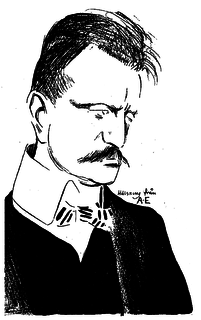
The Symphony No. 2 in D major, Op. 43, by Jean Sibelius was started in winter 1901 in Rapallo, Italy, shortly after the successful premiere of the popular Finlandia, and finished in 1902 in Finland. Sibelius said, "My second symphony is a confession of the soul."
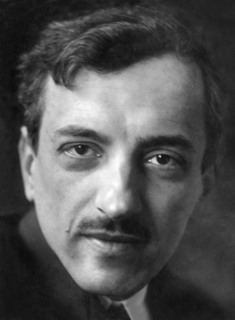
Borys Mykolayovych Lyatoshynsky was a Ukrainian composer, conductor, and teacher. A leading member of the new generation of 20th century Ukrainian composers, he was awarded a number of accolades, including the honorary title of People's Artist of the Ukrainian SSR and two Stalin State Prizes.
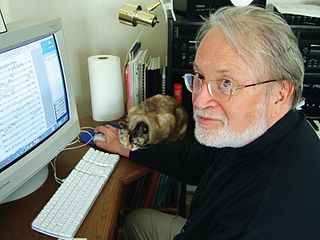
Virko Baley is a Ukrainian-American composer, conductor, and pianist. He was born in Radekhiv in Poland, the only child of Petro (Peter) and Lydia Baley. Petro Baley was interred at Auschwitz concentration camp following the German invasion of Poland in 1939, and he and extended family were relocated to Slovakia. The family was reunited on a farm in Germany towards the end of the war to work as farm laborers, after which they relocated to Munich. From 1947 to 1949, the family lived in a displaced person's camp in Regensburg, Germany.
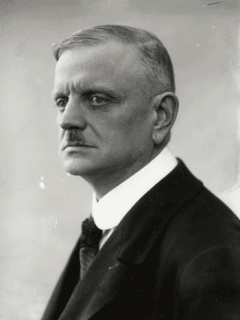
The Symphony No. 5 in E-flat major, Op. 82, by Jean Sibelius is a symphony in three movements.

The Symphony No. 3 in C major, Op. 52, by Jean Sibelius is a symphony in three movements composed in 1907. Coming between the romantic intensity of Sibelius's first two symphonies and the more austere complexity of his later symphonies, it is a good-natured, triumphal, and deceptively simple-sounding piece. The symphony's first performance was given by the Helsinki Philharmonic Society, conducted by the composer, on 25 September 1907. In the same concert, his suite from the incidental music to Belshazzar's Feast, Op. 51, was also performed for the first time. It is dedicated to the British composer Granville Bantock, an early champion of his work in the UK.

The Symphony No. 4 in A minor, Op. 63, is one of seven completed symphonies composed by Jean Sibelius. Written between 1910 and 1911, it was premiered in Helsinki on 3 April 1911 by the Philharmonia Society, with Sibelius conducting.
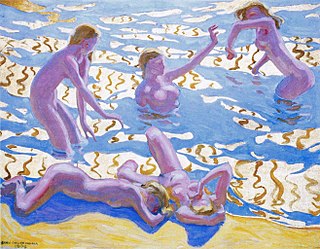
The Oceanides, Op. 73, is a single-movement tone poem for orchestra written from 1913 to 1914 by the Finnish composer Jean Sibelius. The piece, which refers to the nymphs in Greek mythology who inhabited the Mediterranean Sea, premiered on 4 June 1914 at the Norfolk Music Festival in Connecticut with Sibelius conducting. Praised upon its premiere as "the finest evocation of the sea ... ever ... produced in music", the tone poem, in D major, consists of two subjects, said to represent the playful activity of the nymphs and the majesty of the ocean, respectively. Sibelius gradually develops this material over three informal stages: first, a placid ocean; second, a gathering storm; and third, a thunderous wave-crash climax. As the tempest subsides, a final chord sounds, symbolizing the mighty power and limitless expanse of the sea.
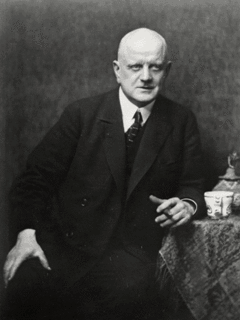
The Symphony No. 6 in D minor, Op. 104, was a work of long gestation completed by Jean Sibelius in 1923. Although the score does not contain a key attribution, the symphony is usually described as being in D minor; much of it is in fact in the (modern) Dorian mode. A typical performance lasts about 25 minutes. The composer called the work "cold spring water" in opposition to many contemporary "cocktails"—a reference to the modernist gestures in post-war music. The symphony was premiered by the Helsinki Philharmonic Orchestra, conducted by the composer, on 19 February 1923 and had other performances under his direction in the following months.
The Symphony No. 1 in B♭ minor is one of two symphonies by the English composer William Walton. The composer had difficulty in completing the work, and its first public performance was given without the finale, in 1934. The complete four-movement work was premiered the following year.
Edward Elgar's Third Symphony Op. 88 (posth.) was incomplete at the time of his death in 1934. Elgar left 130 pages of sketches, which the British composer Anthony Payne worked on for many years, producing a complete symphony in 1997, officially known as "Edward Elgar: the sketches for Symphony No 3 elaborated by Anthony Payne" or in brief "Elgar/Payne Symphony No 3". The first public performance was at the Royal Festival Hall, London, on 15 February 1998, by the BBC Symphony Orchestra conducted by Andrew Davis.
The Symphony in B minor "Polonia", Op. 24, was written by Ignacy Jan Paderewski between 1903 and 1908, and first publicly performed in 1909. Although he lived for another 32 years, the symphony was virtually Paderewski's last composition; he wrote only one more work before his death in 1941 - a hymn for male chorus in 1917. Around 1910, he commenced what would become a political career, culminating in becoming the first Prime Minister of independent Poland and signing the Treaty of Versailles on behalf of his nation in 1919. He later returned to the concert platform as a virtuoso pianist.

The Wind Quintet, Op. 26, is a chamber music composition by Arnold Schoenberg, composed in 1923–24. It is one of the earliest of Schoenberg's compositions to use twelve-tone technique.

The Symphony No. 1 in F major, Op. 29, is a three-movement orchestral composition by the Finnish composer Leevi Madetoja, who wrote the piece from 1914–16 at the dawn of his professional career. Although late-Romantic in style, the symphony carefully eschews the extravagance and overindulgence typical of debut efforts, placing it among the most "mature" and restrained of first symphonies. Accordingly, the First is the shortest and most concentrated of Madetoja's three essays in the form and is the only one of his symphonies not to adhere to the traditional four-movement symphonic template.

Symphony No. 2, Op. 17, in A major by the Romanian composer George Enescu was written in 1912–14. A performance lasts about 55 minutes.
The Symphony No. 3 in B minor by the Ukrainian composer Borys Lyatoshynsky was completed in 1951, with the final movement themed "Peace will conquer war." The symphony was first performed in Kyiv on 23 October 1951, by the Kyiv Philharmonic, conducted by Natan Rakhlin. Criticised by the Soviet authorities on ideological grounds, the composer was forced to rework the symphony, and to remove the subtitle of the finale. The first performance of the revised version took place in Leningrad in 1955.
References
- 1 2 "Symphony No.1, Op.2 (Lyatoshinsky, Boris)". IMSLP. Retrieved 11 June 2022.
- ↑ Dytyniak 1986, p. 93.
- ↑ Tassie, Gregor (2 April 2022). "Gregor Tassie celebrates the significant contribution to classical music of Ukrainians". Seen and Heard International. Retrieved 30 April 2022.
- ↑ Cummings, Robert (2014). "Boris Lyatoshynsky: Symphonies". Classical Net Review. Classical Net. Retrieved 1 May 2022.
- ↑ Rozhok, Volodymyr. "Boris Ltatoshynsky (1895–1968): Symphony No. 1, Opus 2" (PDF). Chandos. Retrieved 30 April 2022.
- ↑ Greenfield, March & Layton 1999, p. 802.
- ↑ Tammaro 2017, p. 39.